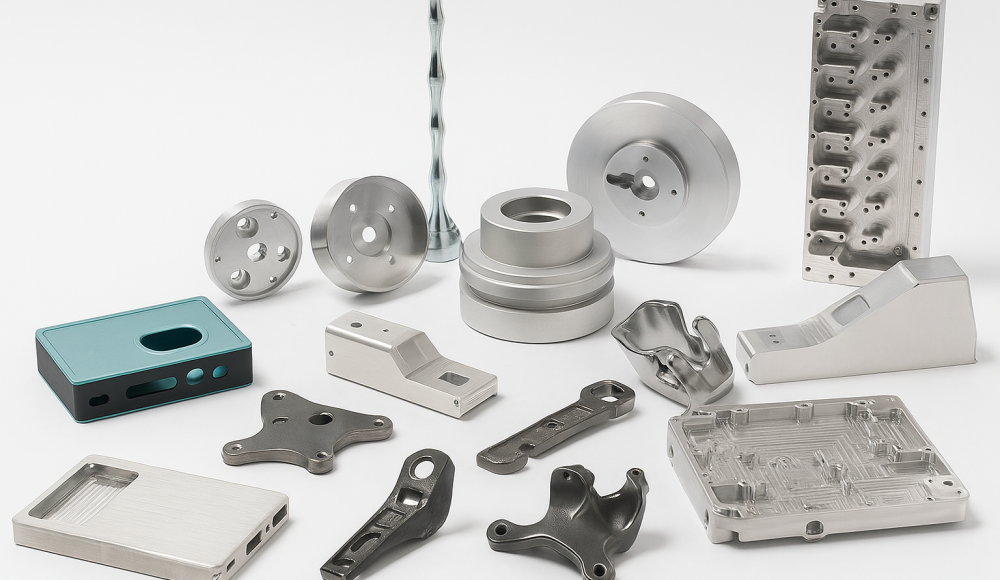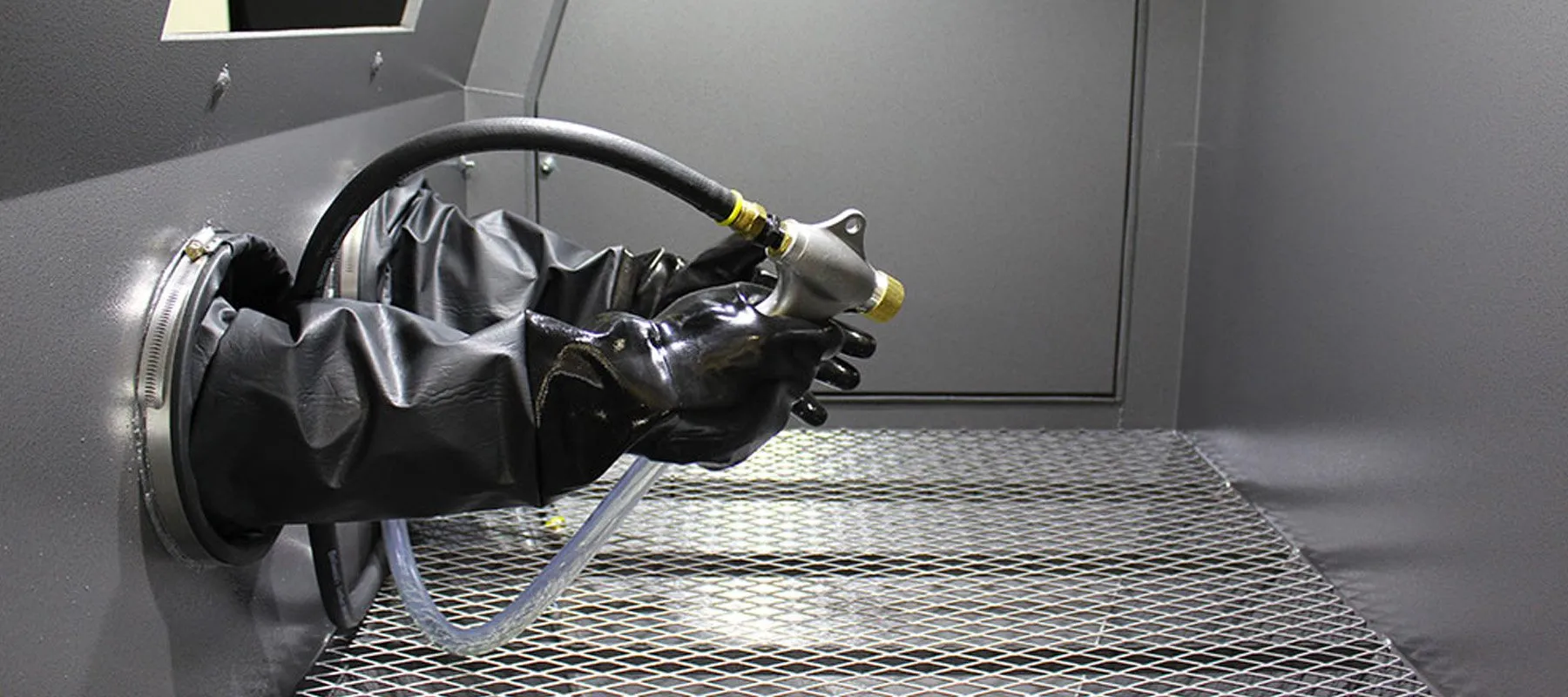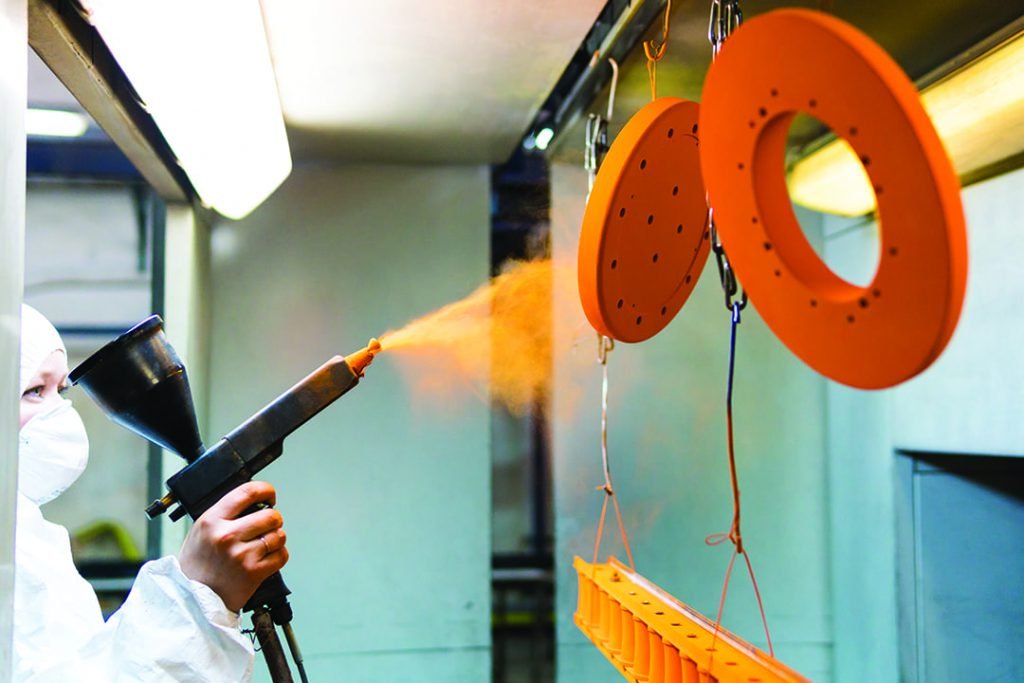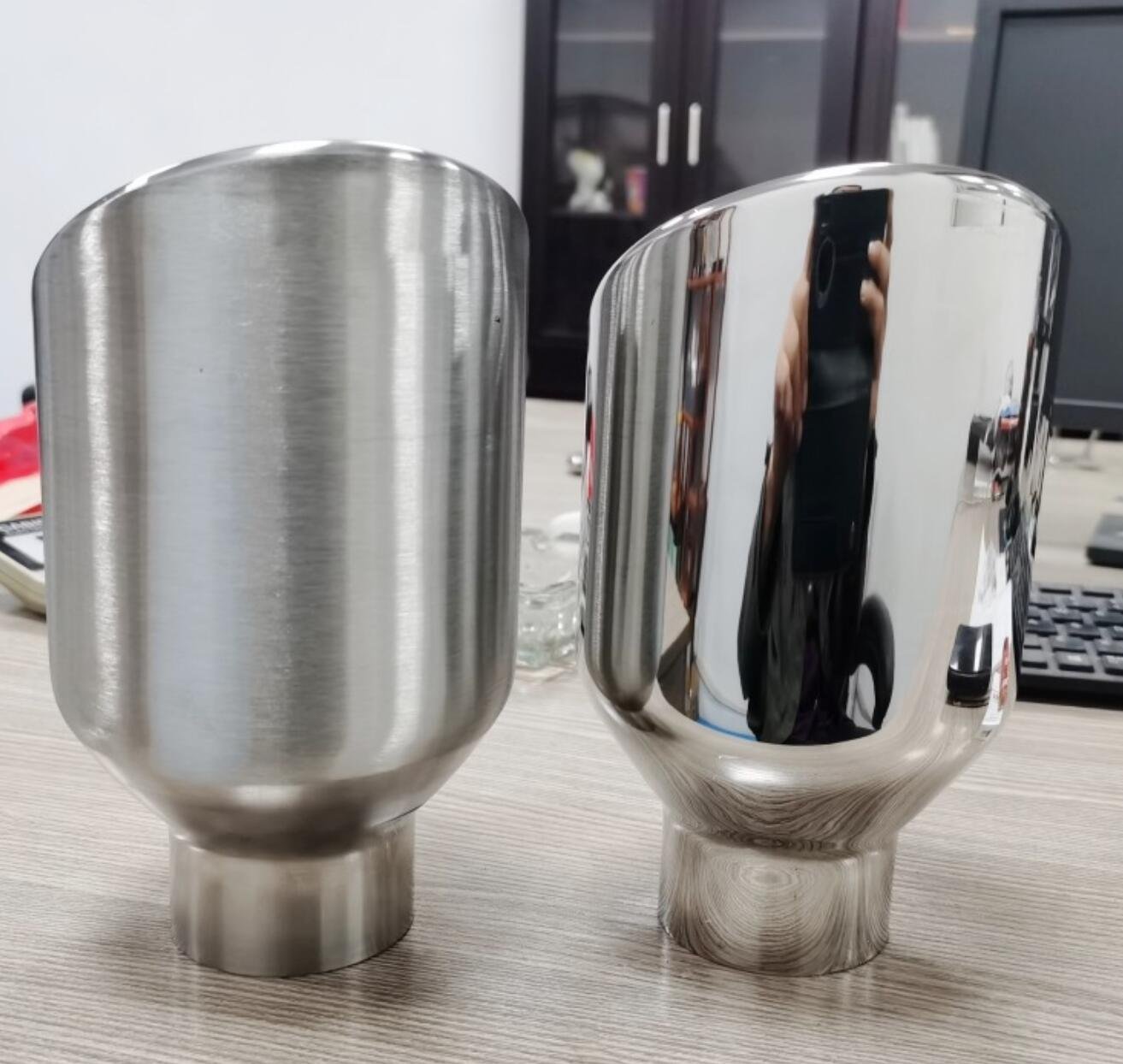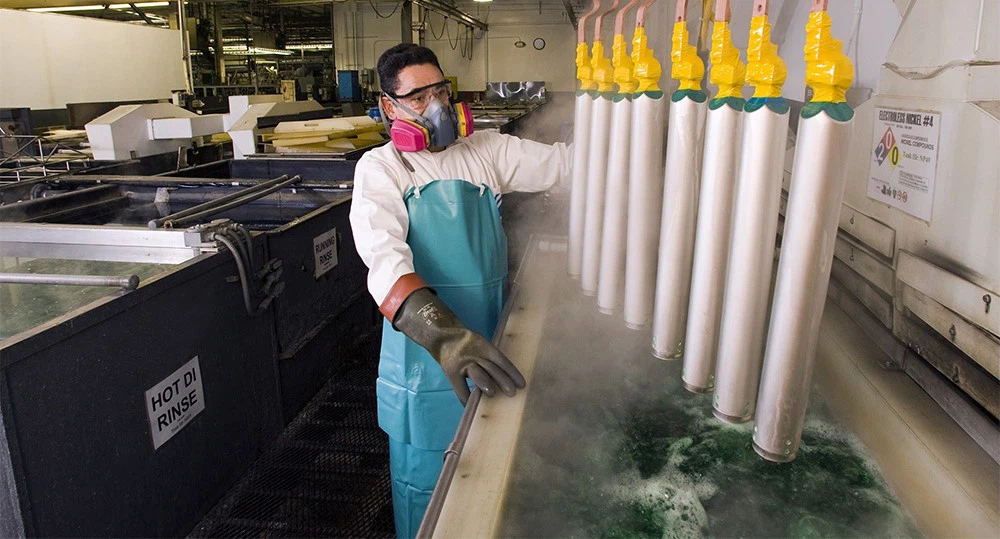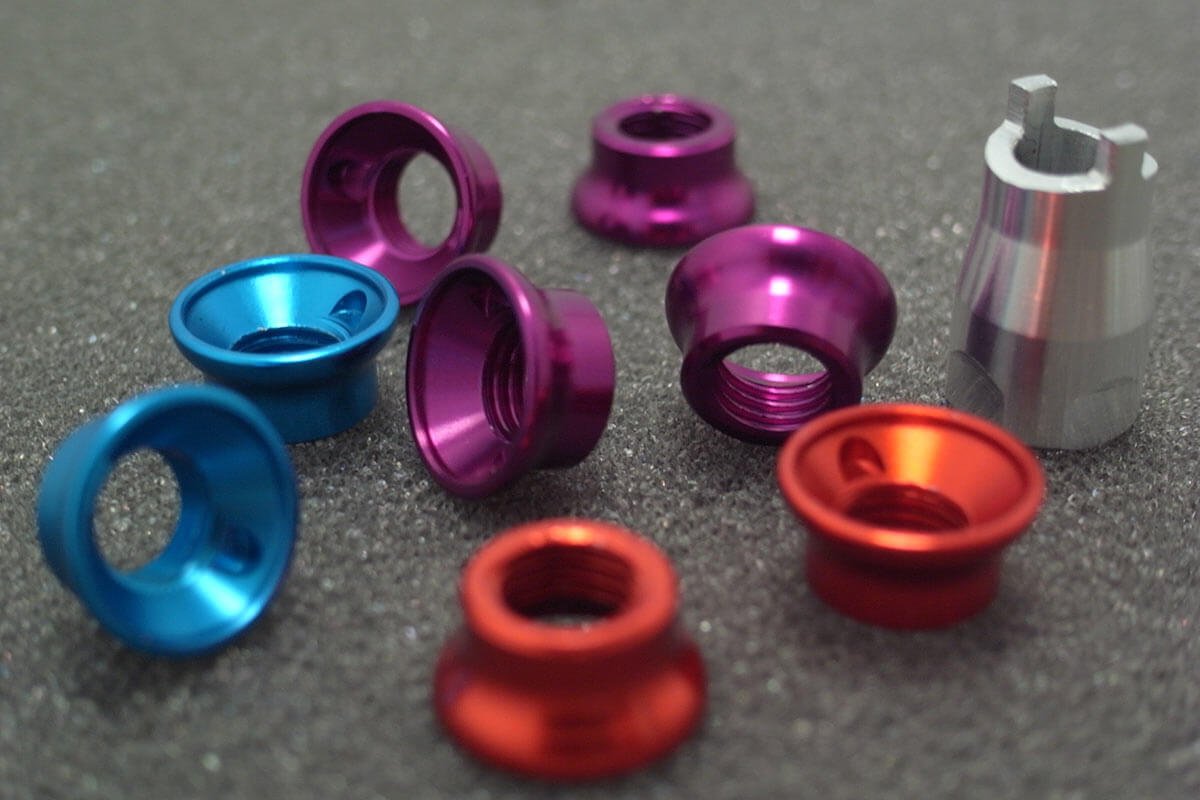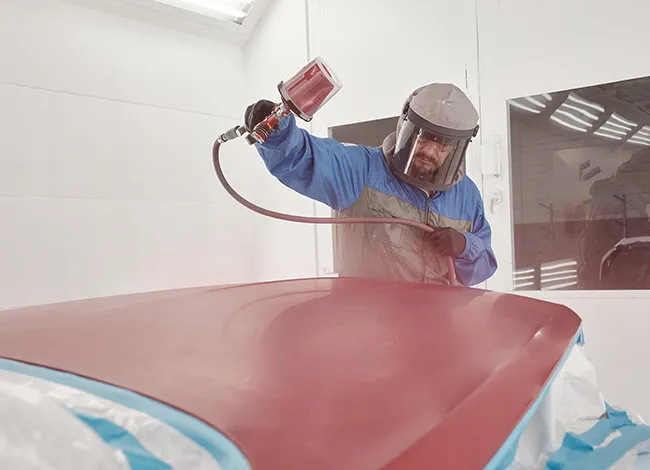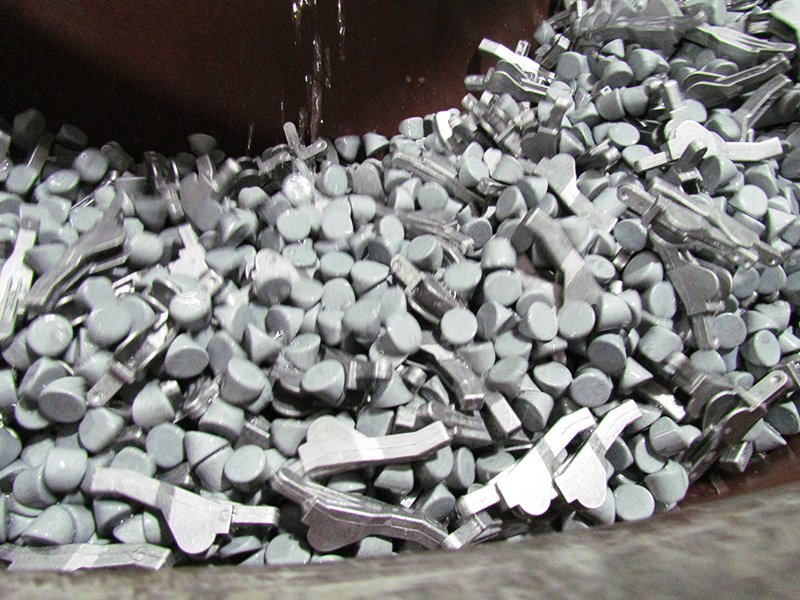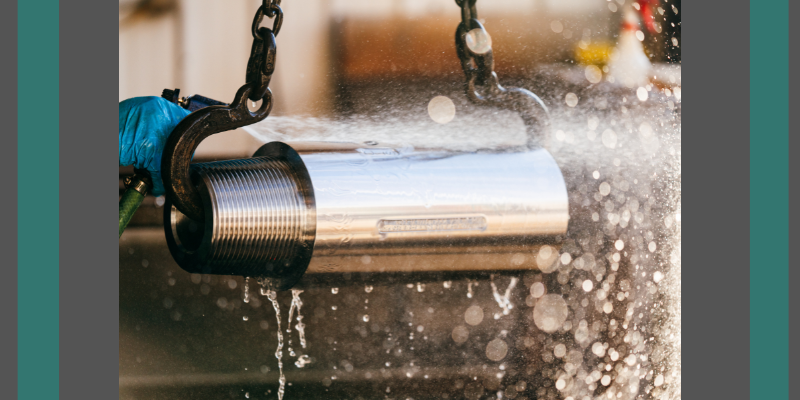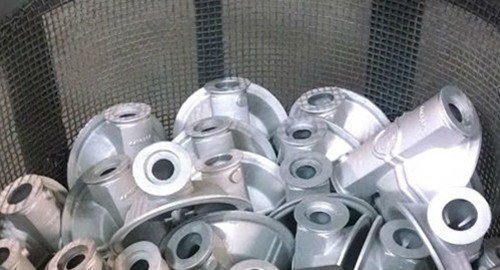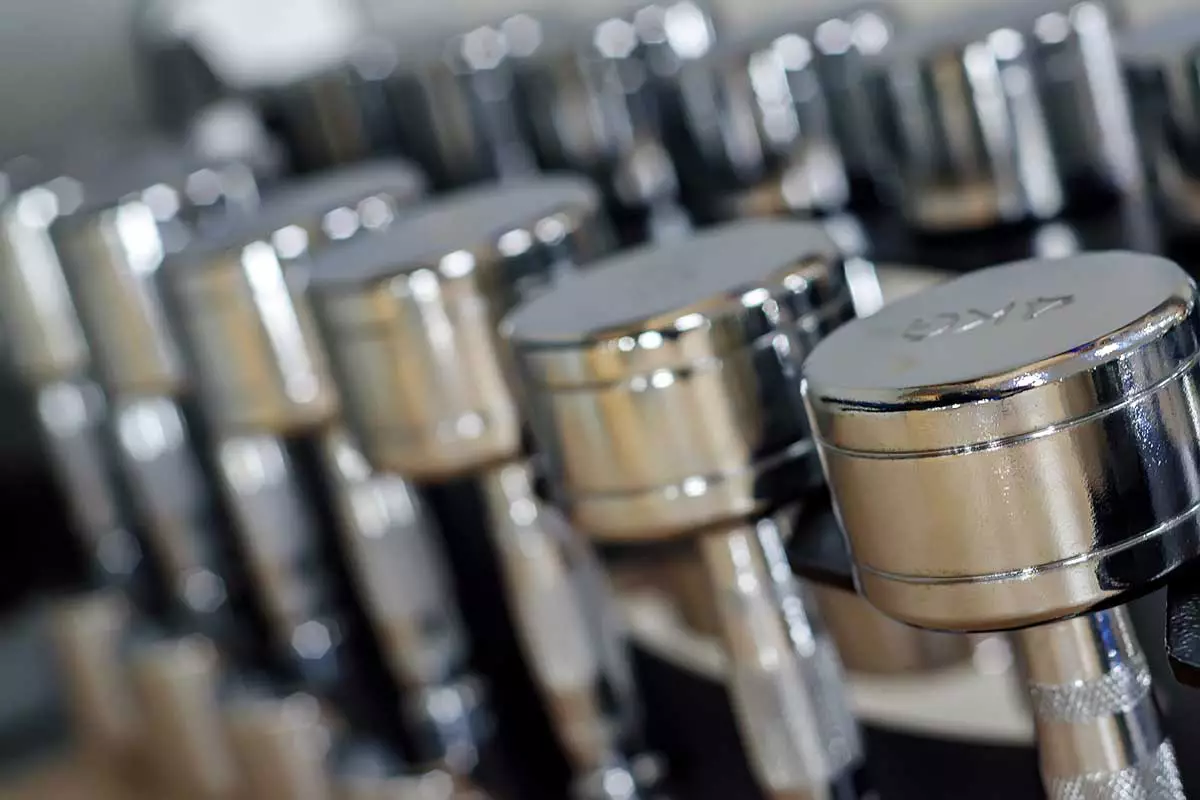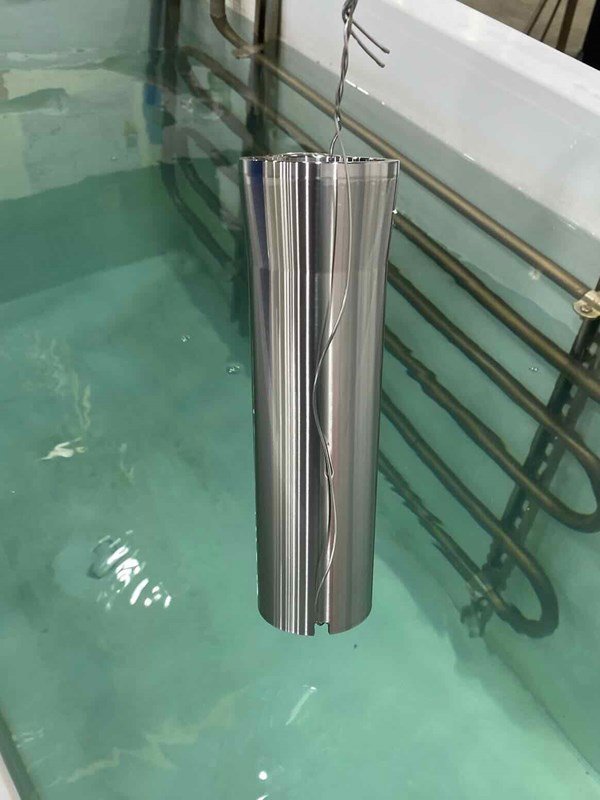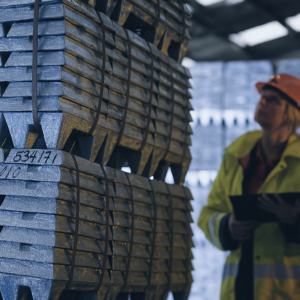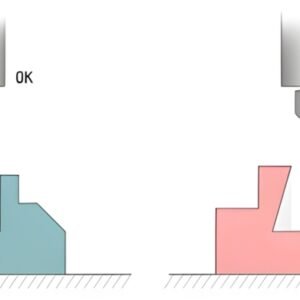Die casting is a highly efficient metal manufacturing process used to produce precise metal parts with complex geometries. However, the die-casting process alone does not always guarantee parts with the desired final surface appearance or properties. Therefore, applying the correct surface finish is critical to achieving functional, aesthetic, and durable fabricated parts.
In this article, we’ll deeply explore 13 types of surface finishes commonly used in die casting, highlighting their definitions, benefits, suitable applications, and considerations.
Importance of Choosing the Right Surface Finish
Selecting the appropriate surface finish impacts the following critical properties:
Durability: Enhances corrosion resistance and prolongs part lifespan.
Appearance: Improves visual appeal and market value of components.
Functionality: Ensures suitability for specific applications and conditions.
Choosing an incorrect surface finish can lead to premature part failures, poor aesthetics, increased maintenance, and unnecessary costs.
13 Types of Die Casting Surface Finishes
1. Sandblasting (Abrasive Blasting)
Sandblasting involves forcibly propelling fine abrasive particles (e.g., sand, glass beads) onto the part surface under high pressure.
Benefits:
Uniform matte finish
Enhanced adhesion for coatings
Efficient removal of impurities and contaminants
Applications:
Automotive and industrial components
Parts requiring high adhesion for painting or coating
2. Powder Coating
Powder coating is a dry finishing process involving applying electrostatically charged powdered pigments, followed by heat curing.
Benefits:
Excellent corrosion and chemical resistance
Durable and impact-resistant surface
Available in numerous colors and finishes
Applications:
Automotive wheels and components
Household appliances, electronics casings, outdoor products
3. Polishing
Polishing removes microscopic imperfections through abrasive buffing, producing a smooth, reflective surface.
Benefits:
Mirror-like, high-quality aesthetic finish
Improved cleanability and reduced friction
Applications:
Automotive trim, jewelry, decorative hardware, medical equipment
4. Plating (Electroplating & Electroless Plating)
Plating involves depositing a thin layer of metal (nickel, chrome, gold, etc.) onto die cast parts through chemical or electrolytic means.
Benefits:
Enhanced corrosion protection and wear resistance
Improved electrical conductivity
Decorative, high-gloss appearance
Applications:
Electronic components, automotive parts, decorative fixtures
5. Anodizing
Anodizing creates a controlled oxide layer on aluminum alloy surfaces through electrolytic treatment.
Benefits:
Superior corrosion and wear resistance
Aesthetic appearance with various color options
Increased surface hardness
Applications:
Architectural fittings, electronics enclosures, consumer products
6. Electrophoretic Coating (E-coating)
E-coating utilizes electrical currents to deposit paint or resin onto conductive surfaces uniformly.
Benefits:
Excellent corrosion protection
Uniform and consistent coating thickness
Good chemical resistance and durability
Applications:
Automotive chassis components, industrial equipment, heavy machinery
7. Painting
Painting involves applying liquid coatings via spray, brush, or dipping techniques to improve aesthetics and protective properties.
Benefits:
Cost-effective with extensive color options
Easy to repair or update finishes
Applications:
Consumer products, automotive body parts, appliances, furniture
8. Vibratory Deburring
This process removes burrs and sharp edges using vibrating equipment with abrasive media.
Benefits:
Efficient deburring without manual labor
Consistent and uniform surface finish
Improved safety and handling
Applications:
Small to medium die-cast automotive parts, gears, fasteners, connectors
9. Parkerizing (Phosphating)
Parkerizing involves chemically coating steel parts with phosphate solutions to create a robust corrosion-resistant layer.
Benefits:
Cost-effective corrosion protection
Improved adhesion for subsequent coatings or paints
Durable matte-black finish
Applications:
Firearms, automotive suspension components, heavy-duty industrial equipment
10. Electroless Nickel Plating
Electroless nickel plating deposits nickel-phosphorus alloy layers chemically, without external electricity.
Benefits:
Uniform thickness distribution, even on complex shapes
Excellent wear and corrosion resistance
Increased hardness and lubricity
Applications:
Aerospace components, industrial valves, precision automotive parts
11. Impregnation
Impregnation involves sealing microscopic porosities in die-cast parts using vacuum-assisted polymer sealants.
Benefits:
Enhanced leak-proof properties for high-pressure components
Improved structural integrity and longevity
Reduced porosity-related defects
Applications:
Hydraulic pumps, automotive engine blocks, fluid containment components
12. Physical Vapor Deposition (PVD)
PVD is an advanced vacuum-based coating method vaporizing metals or ceramics onto substrates, forming ultra-thin and highly durable coatings.
Benefits:
Superior wear and scratch resistance
Excellent aesthetic finish with various colors
High hardness and chemical resistance
Applications:
Luxury automotive parts, cutting tools, decorative fixtures, medical instruments
13. Passivation
Passivation chemically enhances stainless steel’s inherent corrosion resistance by removing surface iron contaminants.
Benefits:
Improved natural corrosion resistance
Cleaner and smoother stainless steel surface
Safer for applications in hygienic environments
Applications:
Food processing equipment, medical devices, pharmaceutical machinery
Factors Influencing Die Casting Surface Finish
Several key factors influence the outcome of die casting surface finishes:
Material Type: Specific finishes are best suited to particular alloys or metals.
Die and Mold Quality: High-quality molds ensure consistent and smooth surfaces.
Casting Parameters: Temperature control, injection pressure, and cooling rates directly affect surface quality.
Post-processing Methods: Proper selection and execution determine the final surface characteristics.
How to Improve Die Cast Surface Finish
Improving surface finishes involves:
Mold Maintenance: Regularly clean and maintain molds to avoid imperfections.
Controlled Casting Conditions: Optimize temperature and injection parameters.
Use Appropriate Post-processing Techniques: Sandblasting, polishing, anodizing, and others as required.
Design Optimization: Design parts to reduce complexity and minimize surface imperfections.
Conclusion
Clearly understanding the variety of available surface finishing methods is crucial in achieving die-cast parts with optimal aesthetics, durability, and functional performance. Selecting the appropriate finish according to the application requirements will significantly enhance product quality and customer satisfaction.
Consulting with professional die-casting specialists further ensures you select the ideal finishing processes tailored to your specific manufacturing needs.
FAQs
Q1: What is a Die Casting Surface Finish Chart?
A reference tool showing different finishes, their characteristics, suitable materials, and applications, assisting manufacturers in selection.
Q2: What is Typical Surface Roughness in Die Casting?
Roughness typically ranges from 1 to 5 µm depending on alloy, casting methods, and chosen finishes.
Q3: Does Die Casting Naturally Produce Good Surface Finishes?
Die casting alone provides decent surface quality, but post-processing finishes typically are needed to achieve enhanced aesthetics and functional properties.
Q4: How Can Surface Finish Be Improved in Die Casting?
By optimizing mold designs, controlling casting processes, and employing post-processing methods like polishing, plating, or coating.
Q5: What Factors Affect Die Cast Surface Finish Quality?
Material type, mold temperature, die design, casting process controls, and chosen surface treatments.

